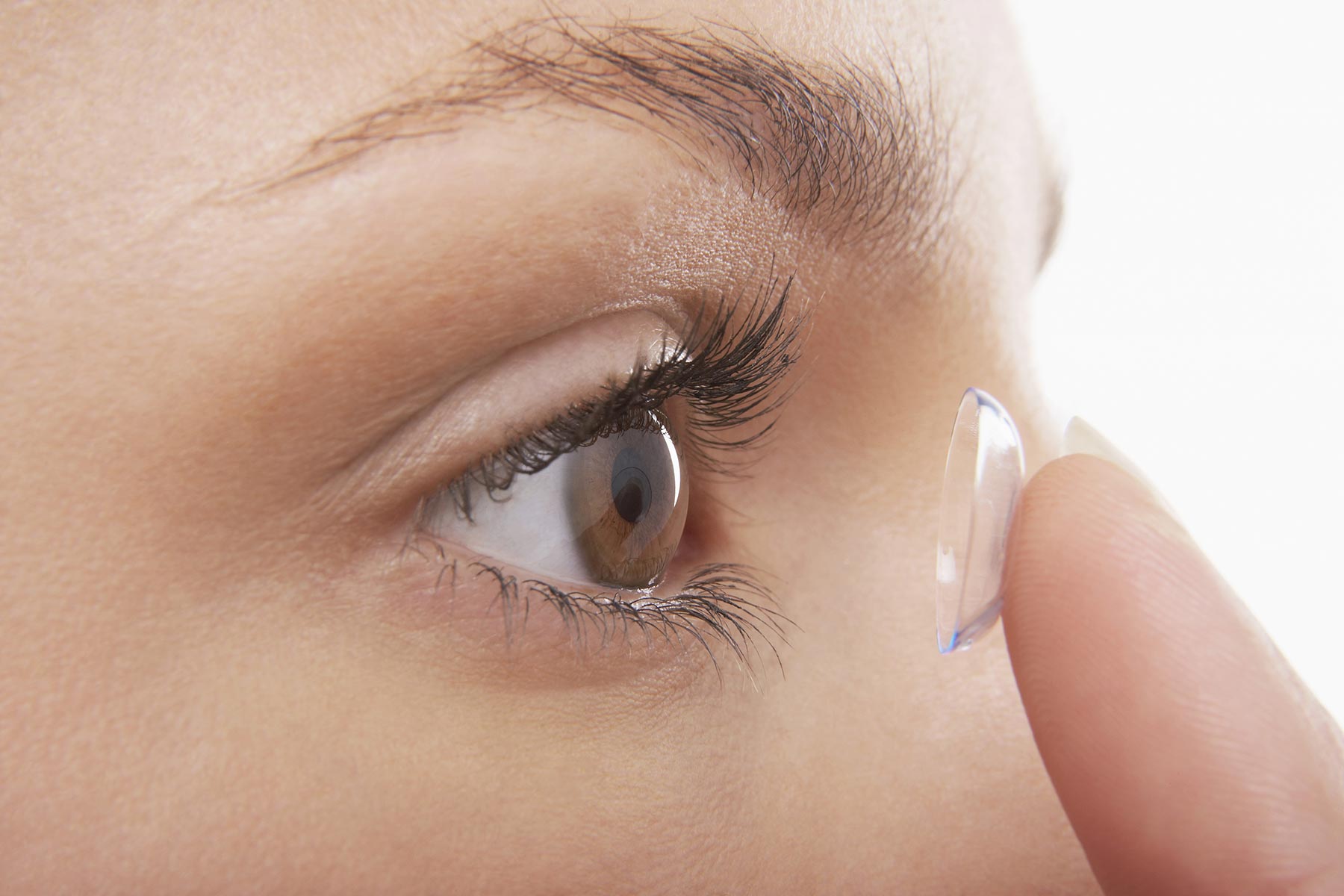“Your vision will get worse if you wear glasses …”
Chances are you’ve heard this saying before, but it’s a myth.
What often happens is that the eye problems that cause blurry vision tend to worsen as we grow older – regardless of whether we are wearing prescription lenses or not.
These vision problems can include:
- Myopia (short-sightedness) – where the eyeball is elongated and the distance between the lens and retina is too long. The image comes into focus before reaching the retina. Myopia is becoming increasingly common and it is estimated will be present in half of the world’s population by 2050 (1).
- Hyperopia (long-sightedness) – the eyeball is too short, and the distance that light travels between the lens and the retina is reduced. The image comes into focus behind the retina, so distant objects appear clear, but near ones are blurry.
- Astigmatism – the cornea is an uneven shape and blends light in different directions, meaning that vision is blurry.
Glasses and contact lenses correct the vision by allowing the eye to focus light in the right place on the retina.
But how do you know whether glasses or contact lenses are right for you? Below are some things to consider.
Pros and Cons of Glasses
Pros:
- Long-lasting and more affordable than contact lenses
- Easy to clean
- More hygienic than contact lenses as there’s no need to touch the eye
- Best suited to dry or sensitive eyes
- Appeal to the fashion conscious due to many different styles and colours
- Can filter blue light, block UV rays, and alter amount of light entering the eye
Cons:
- Unsuitable for playing sports (unless they are safety glasses)
- The frames can limit the field of vision
- Easily lost, broken, damaged or scratched
- Can cause sore areas on the nose or behind the ears
- Affected by weather such as rain or fog
Pros and Cons of Contacts
Pros:
- Better, uninterrupted field of vision
- Can be worn while playing sport or exercising
- May be more effective for myopia than glasses
- Invisible so appearance is unchanged
- Not affected in rainy, cold, or humid conditions
- Colour contact lenses can change the colour of the iris
Cons:
- Risks include eye irritation, pain, corneal ulcers, sensitivity to light, and inflammation of the cornea
- Require good hygiene practices to avoid infection
- Difficult to insert
- Being small and usually transparent, they are easily lost
- May not be able to wear if you have dry eye syndrome, and also
- Reduces the amount of oxygen reaching the eye, which may lead to dry eye syndrome
- Takes time to adjust to wearing them
Are Contact Lenses Suitable for Me?
Initially, some wearers find it difficult to insert their new contact lenses, leaving them wondering it this is really is the right solution for them. However this usually improves with practice; if you are still having difficulties, we are here to help.
Multifocal Lenses
If you are over 40 and finding it difficult to focus when reading or doing close up work (known as presbyopia), traditionally glasses were your only option.
But not any more! The great news is that you can now wear contact lenses, regardless of whether you need multifocal, bifocal, distance and/or reading lenses.
Spoiled for Choice!
When choosing between glasses or contact lenses, it comes down to personal preference as well as cost, hygiene, convenience, risk, and fashion. The age of the wearer and their ability to take care of their lenses also need to be considered.
But one thing we do know is that at Aphrodite Livanes Optometrists, we have one of the largest selections of designer frames in Brisbane so you’ll be spoiled for choice!
Our team can also help you decide whether glasses or contacts will be most suitable for you – so contact our Redlands optometrist practice for an appointment today on (07) 3824 1878, or book online.
References:
- https://www.optometry.org.au/wp-content/uploads/GVFL/Vision_Index/2022-Vision-Index-Report.pdf


